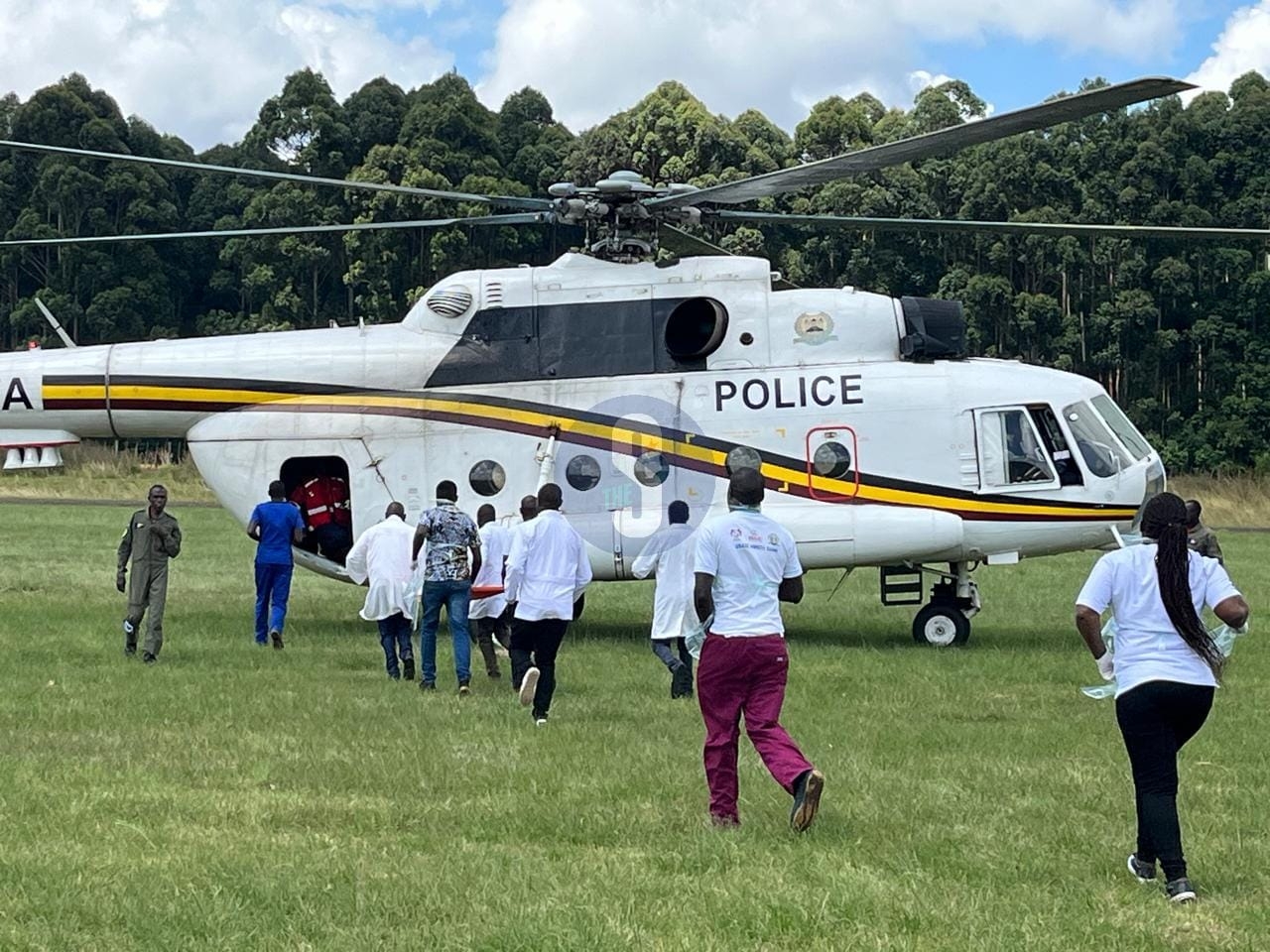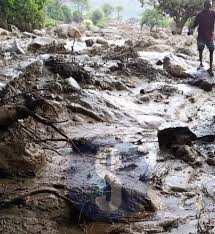

Persistent heavy rainfall has once again reminded Kenyans of the destructive power of nature, following the catastrophic landslide that struck Elgeyo Marakwet County on November 1.
The disaster, which mainly affected Endo, Sambirir, Embobut wards and the Chesongoch area in the Kerio Valley escarpment, has left the nation mourning and reflecting deeply on how to respond to such emergencies.
According to initial reports, the landslide was triggered by days of relentless rain that saturated the steep escarpment’s soils, weakening the slopes and setting off massive mudflows that buried homes and roads.
Early official figures put the number of confirmed deaths at 21, with more than 30 people reported missing.
Later updates from the ongoing search and rescue mission raised the death toll to 26, as government agencies and humanitarian workers continued to comb through the devastated terrain.
The tragedy brought the issue of preparedness into sharp focus.
Experts from the Kenya Red Cross Society (KRCS) and emergency management authorities have issued crucial advice for residents living in landslide-prone regions, especially now that heavy rains persist in parts of the Rift Valley and western Kenya.
Their guidance could make the difference between life and death during such disasters.
When a mudslide occurs, the most important step is to move to safety immediately.
The KRCS urges anyone in the path of a landslide to move uphill quickly and avoid river valleys or low-lying areas, which can rapidly fill with debris and water.
They emphasise “never attempt to cross a flooded road or bridge,” as the flow of mud and water can suddenly intensify and sweep people or vehicles away.
Remaining alert is also vital. KRCS recommends listening to local news updates using a battery-powered radio for official warnings.
Many fatalities happen when people are caught off guard at night, so communities are encouraged to stay awake and vigilant during prolonged heavy rainfall.
Most importantly, residents are asked to follow official evacuation orders without hesitation.
As KRCS officials stress, ignoring such instructions can be fatal.
Once an evacuation order is issued by local authorities, it means that conditions on the ground pose imminent danger, and delay can lead to tragedy.
Even after the initial flow of debris has subsided, risks remain high.
KRCS advises people to stay away from affected areas because of the possibility of additional slides or flooding.
Floods frequently follow landslides as rivers become clogged by debris.
Residents should check for injured persons only if it is safe to do so.
Rather than entering unstable zones, survivors are encouraged to alert professional rescuers to the locations of those trapped or in need of assistance.
Broken power lines, damaged roads, and exposed infrastructure should be reported immediately to relevant authorities.
Contamination is another danger. People should avoid drinking floodwater because it is often mixed with sewage and chemicals.
Before reoccupying any house, experts should inspect the building’s foundation, chimney, and surrounding land for structural damage. These precautions, though simple, can prevent further loss of life after the initial disaster.
Interior Cabinet Secretary Kipchumba Murkomen has led the national response to the Elgeyo Marakwet disaster.
Upon receiving news of the tragedy, Murkomen activated a multi-agency emergency team comprising the Kenya Defence Forces (KDF), the National Police Service, the Kenya Red Cross Society, National Government Administration Officers, and county disaster units.
Murkomen confirmed that military and police helicopters were deployed to reach remote cut-off zones, airlift the injured, and deliver relief supplies to devastated areas such as Chesongoch and Murkutwa.
He also established a missing-persons desk and ordered the evacuation of households still at risk.
On November 2, Murkomen announced that the government had delivered relief supplies, including 600 bags of rice, 520 bags of beans, 1,000 blankets, 300 mattresses, 30 boxes of soap, and 10 bales of sanitary towels.
He worked closely with the Elgeyo Marakwet County Government to create a transparent framework for distributing donations from both public and private entities.
“We are working with the County Government and non-state actors to respond to this unfortunate incident and provide the necessary support to the affected families,” Murkomen said.
He thanked the Kenya Red Cross, the National Disaster Operations Centre, the county government, and medical facilities such as Moi Teaching and Referral Hospital in Eldoret for their collaboration in treating the injured and housing displaced persons.

Beyond emergency relief, Murkomen has stressed the need to address the root causes of such disasters.
“The entire Kerio Valley is under threat as it continues to rain; there is always the danger of landslides,” he warned, pointing to widespread deforestation, unsustainable farming practices, and unregulated settlement on steep slopes as major contributing factors.
He added that the government’s long-term plan would focus on resettling displaced families, rehabilitating damaged roads, and implementing slope-stabilisation projects to reduce future risk.
Kirinyaga Governor Anne Waiguru expressed her sympathy for the victims, saying, “My heart goes out to the families affected by the heartbreaking landslide in Elgeyo Marakwet County that has claimed lives and destroyed homes. I extend my deepest condolences to the bereaved families and wish a swift recovery to the injured. May the departed rest in peace, and may ongoing rescue efforts bring hope to the affected communities.”
From the health sector, Principal Secretary Mary Muthoni assured that her ministry was coordinating with county authorities to deliver medical assistance.
“We endeavour to ensure timely delivery of medical supplies, hygiene kits, and water treatment chemicals, even to areas cut off by damaged roads. We are also providing psychosocial support and working across government to mitigate the effects of this tragedy,” she said.
Meanwhile, Cabinet Secretary for Public Service Geoffrey Ruku reaffirmed the government’s commitment to finding all missing persons.
“We will not leave this place until all those who are still missing are found. The government will stand with every family affected by this tragedy,” he pledged.
Access to the affected areas remains difficult due to debris-blocked roads and continued rainfall.
However, the government and humanitarian agencies continue to work around the clock.
Murkomen has repeatedly urged residents to cooperate with evacuation efforts and to avoid returning to unstable slopes until experts declare them safe.













